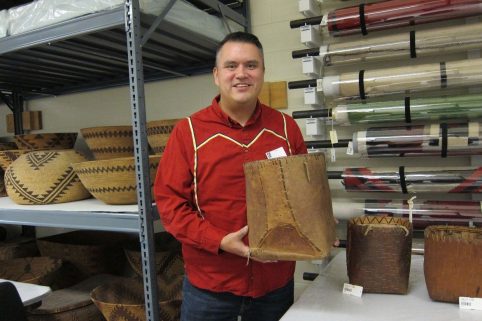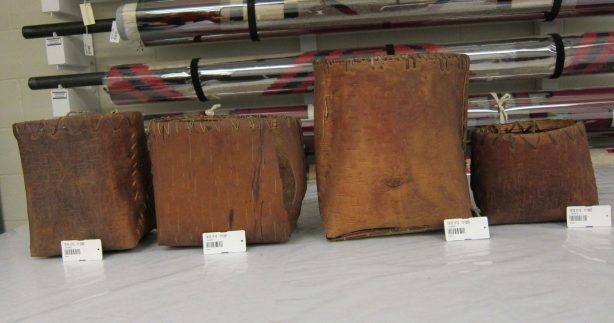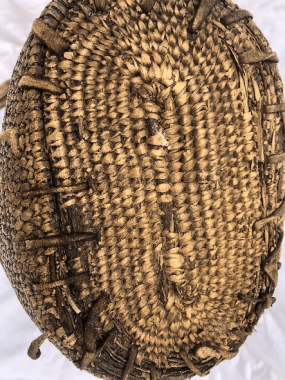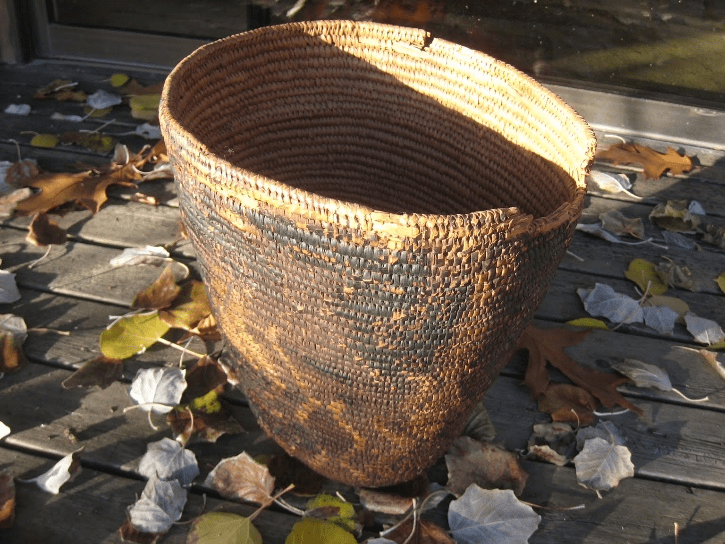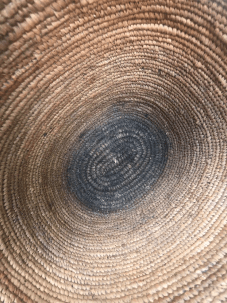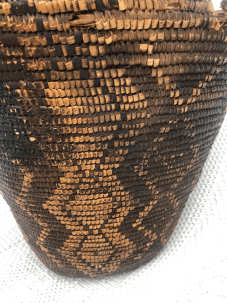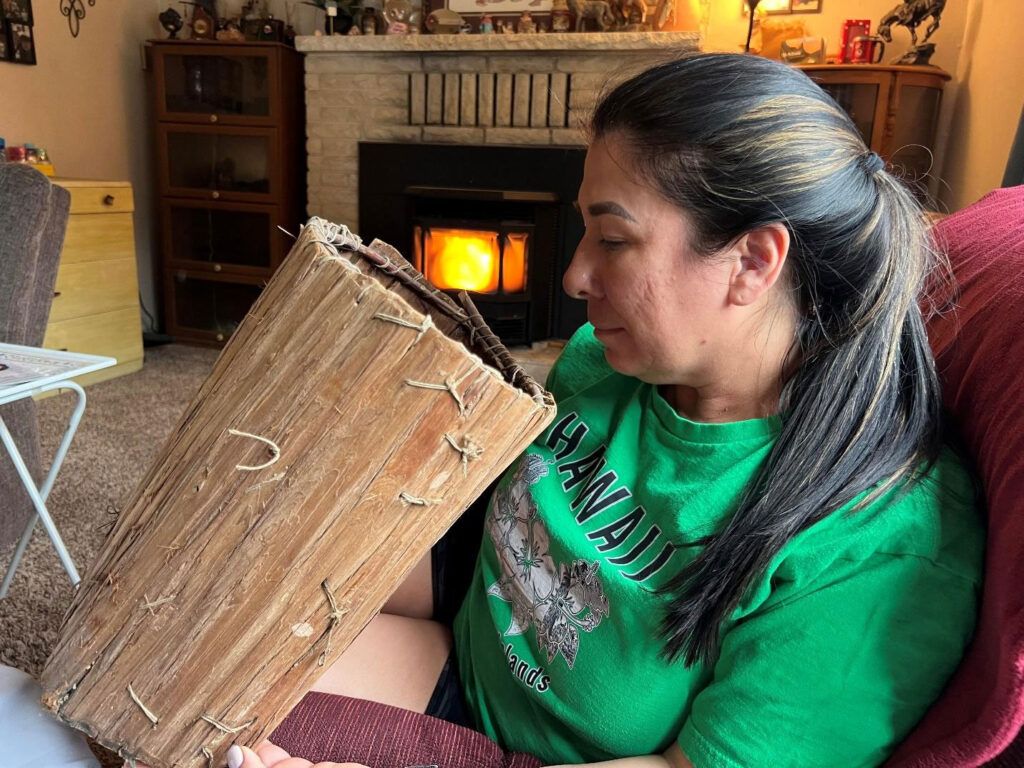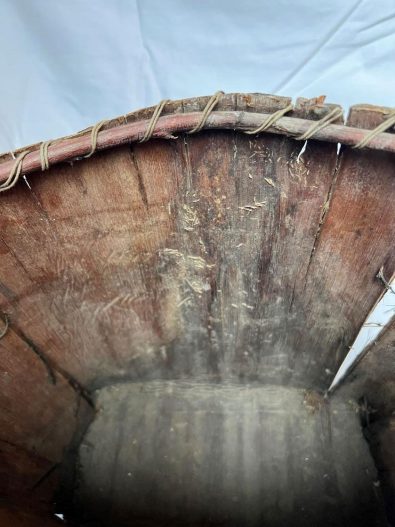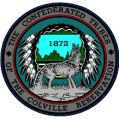Basketry
During a visit by anthropologist, James Teit, to their home at the mouth of the Kootenay River in British Columbia in 1909, Antoinette Christian and her daughter, Mary Christian, provided information about both birch bark baskets, which were still common, and coiled baskets, which had been made by Sinixt women a generation before, but in 1909 were no longer made in that Arrow Lakes community.
Birch Bark Baskets
Following his visit, Teit wrote to his senior colleague, Franz Boas, that he had purchased one birch bark basket and commissioned two more (Teit to Boas, May 20, 1909. American Philosophical Society ACLS Collection, MSS.497.3.B63c. Item 61). However, he eventually sent four birch bark baskets to the Field Museum in Chicago.
Teit did not visit the Sinixt communities in Washington State, and for more than a century his notes from his 1909 visit constituted the only publicly available information about Sinixt coiled basketry. However, within the past two years, coiled baskets preserved by Sinixt families have brought Teit’s notes to life.
Teit wrote that the Sinixt made several forms of coiled baskets, all circular in form, with the exception of an oblong storage basket. This basket was made for repeated, long-term use as a gathering basket.
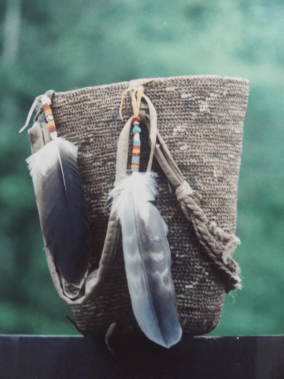
Writing about the basketry made by Salish-speaking groups living in the interior of British Columbia and Washington State, Teit said: “A few rough temporary vessels of bark, juniper, cedar, willow, spruce, balsam, and white pine were occasionally used. These were folded of one piece and the mouth was kept open by hoops.” (James Teit, Salishan Tribes of the Western Plateaus,” 1930, p. 222)
Temporary containers made for short-term use were not often collected for museums or preserved in families. About 1932 a young Sinixt woman made a basket for a berry-picking expedition. Folded and stitched from a length of unprocessed bark, it was preserved in her family for 90 years, and came to light in 2023.

